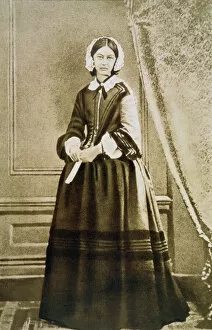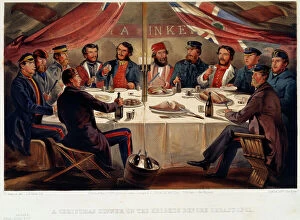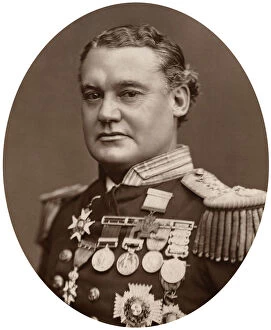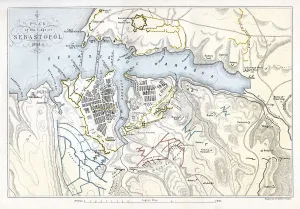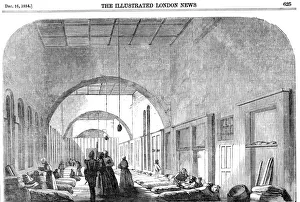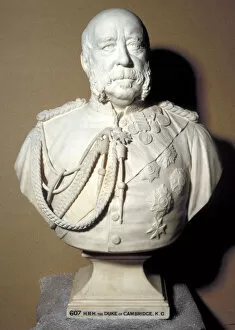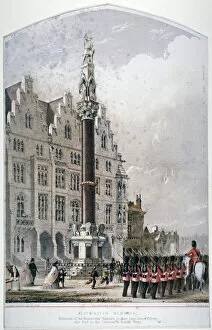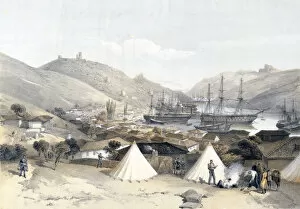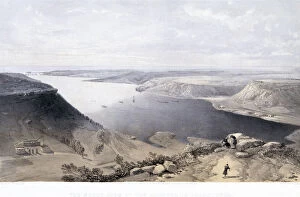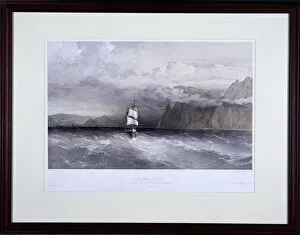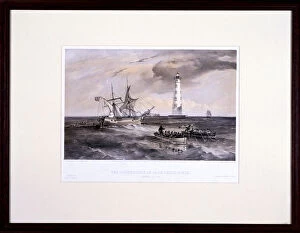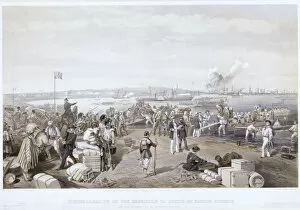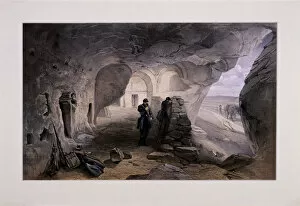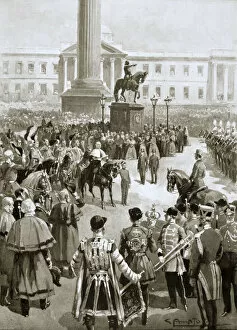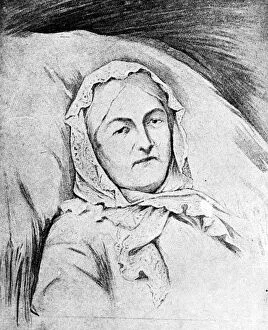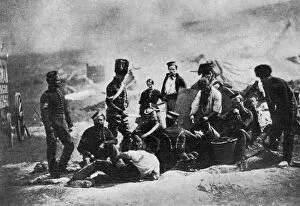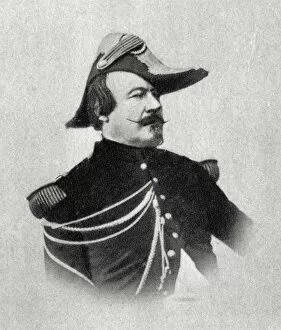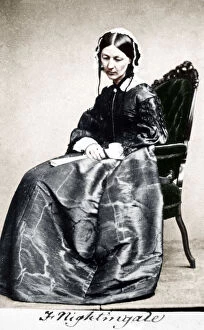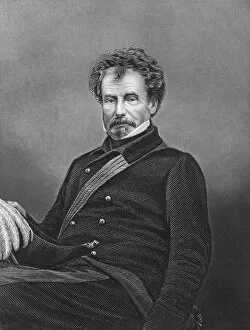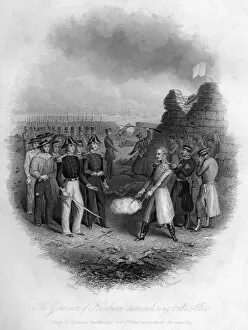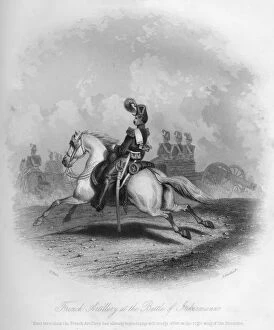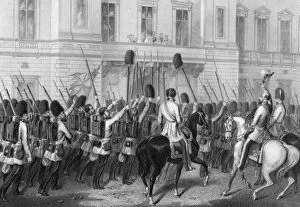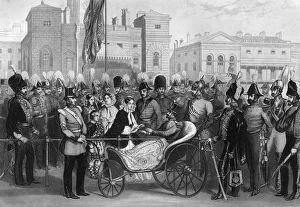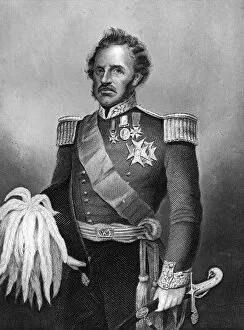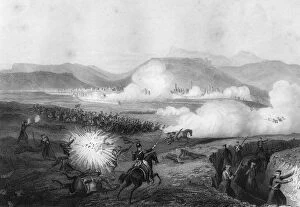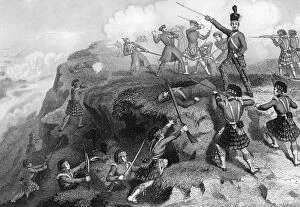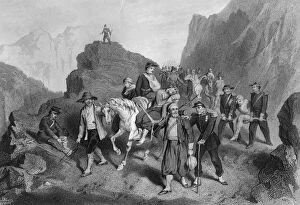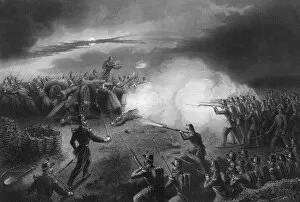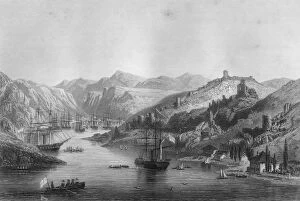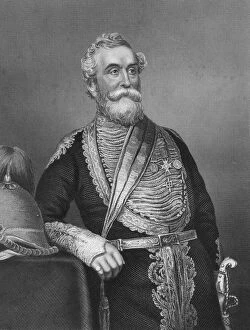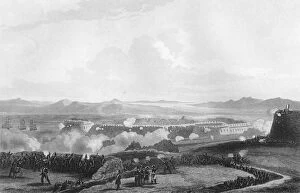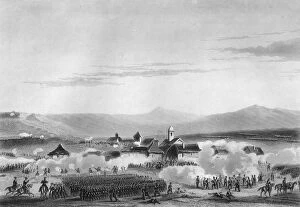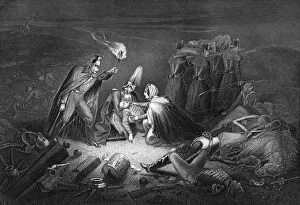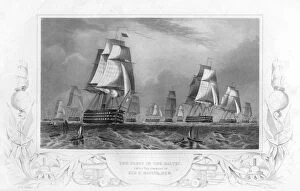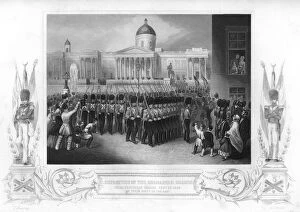Crimean War 1853 1856 Collection
The Crimean War, which took place from 1853 to 1856, was a significant conflict that involved various key figures and events
All Professionally Made to Order for Quick Shipping
The Crimean War, which took place from 1853 to 1856, was a significant conflict that involved various key figures and events. One such figure was Florence Nightingale, an English nurse and hospital reformer who played a crucial role during this time. Her efforts in improving medical care for wounded soldiers greatly impacted the war's outcome. Another notable individual was Fitzroy HJ Somerset, also known as the 1st Baron Raglan. As a British soldier in the 19th century, he commanded the British forces during the Crimean War and faced numerous challenges on the battlefield. Amidst the chaos of war, moments of respite were captured by artists like William Simpson. His painting titled "A Christmas Dinner on the Heights before Sevastopol" depicted soldiers coming together to celebrate amidst their struggles. To understand the geographical context of this conflict, Robert Walker created a map showcasing the Siege of Sevastopol—a significant event during this war—in 1893. This visual representation helps us comprehend how battles unfolded and territories were contested. One location that witnessed immense suffering was Scutari's barrack hospital. In 1854, it became notorious for its poor conditions until Florence Nightingale arrived with her team to transform it into a model healthcare facility. Among those involved in military leadership was Duke of Cambridge—an influential British soldier whose portrait bust still stands today as a reminder of his contributions during this period. In London's Broad Sanctuary around c1865—amidst all these events—the city remained bustling with activity while news from Crimea reached its citizens through various means including newspapers and word-of-mouth accounts. The picturesque landscapes surrounding Crimea were not spared from destruction either; W Walton's painting "Balaklava Looking Towards The Sea" captures both beauty and devastation simultaneously—a testament to how nature itself bore witness to human conflicts. Recognition for bravery came in different forms.

